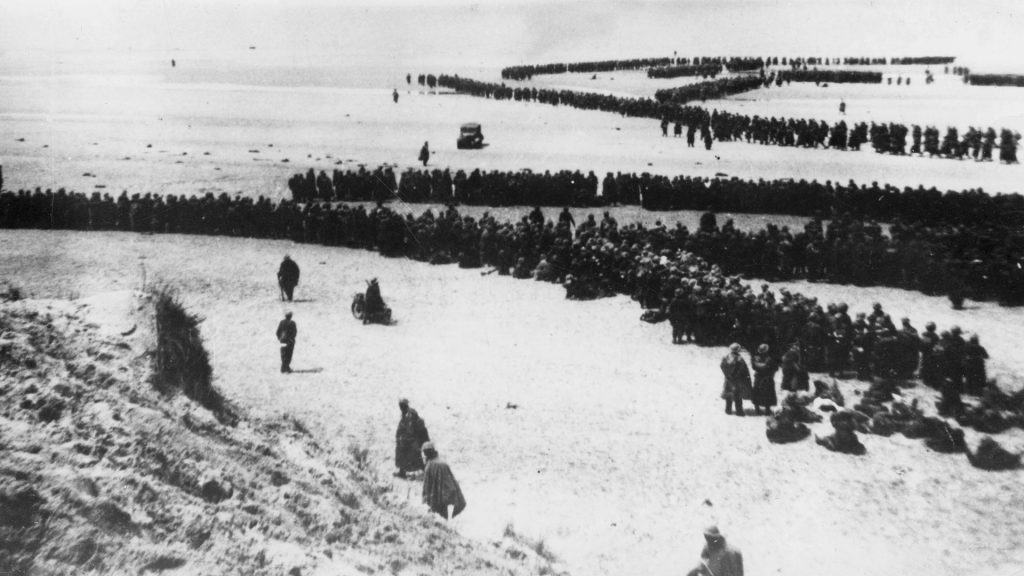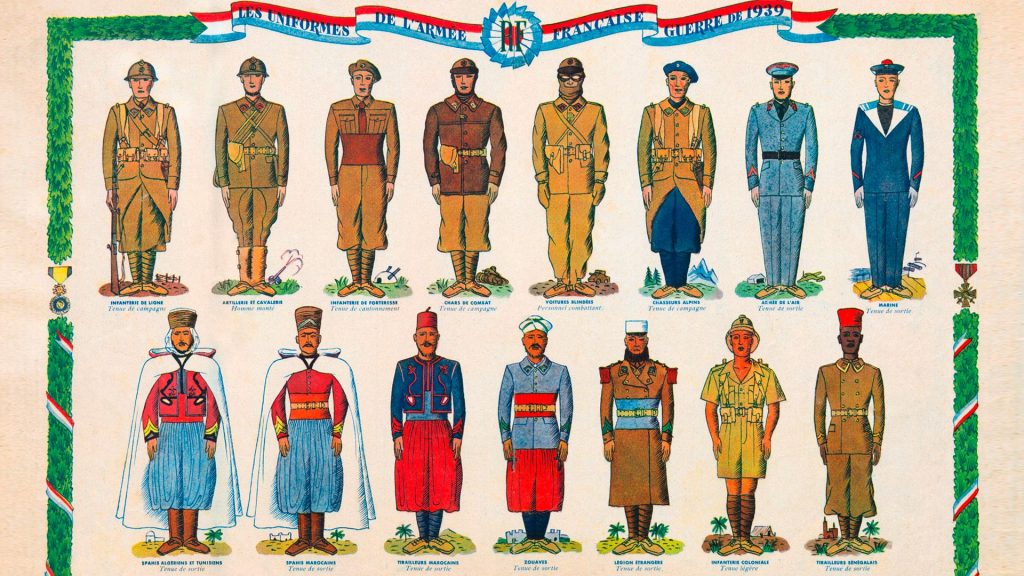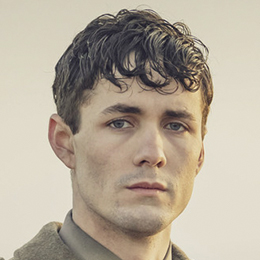Episode 5 History & Images
Find out how the British troops escaped from Dunkirk—and who the international troops fighting for France and Great Britain were—when you learn about the real history of World on Fire, Episode 5!
- 1.
How Did the British Escape from Dunkirk?


In Episode 5, the British Expeditionary Force is in headlong retreat toward the Channel port of Dunkirk, its only hope for escape from the advancing German army. Few held out hope that the bulk of the army could be saved. The British admiral in charge of the emergency evacuation, Sir Bertram Ramsay, doubted he had the means to rescue more than ten percent of the stranded 400,000. But in the end, his rapidly assembled, makeshift fleet brought home an astonishing 85 percent—338,000 troops—between May 26 and June 4, 1940.
How did he do it, especially considering the docks at Dunkirk had been wrecked by German bombs? Troops lined up on the beach and boarded small boats of every description. Some vessels crossed directly to England, but most shuttled evacuees to a flotilla of destroyers, minesweepers, tugs, freighters, trawlers, canal barges, yachts, and anything else the Royal Navy could requisition. Many of the vessels were crewed by civilian volunteers. From there, the ships braved German mines, dive bombers, U-boats, and patrol boats for the cross-channel voyage. Then the ships turned around to make another perilous run, and another…
Troops waiting on the beach faced aerial attacks and shelling. Fortunately, they didn’t have to deal with a massed German tank assault, which everybody expected. Uncharacteristically cautious, Hitler was saving his panzers to thwart a possible counterattack from the south by the French. He left the final blow against his trapped enemy to the air force, which harassed the Allied troops but was unable to prevent most from escaping.
- 2.
Who Were the Colonial Troops?


In his retreat to Dunkirk in World on Fire Episode 5, Lieutenant Harry Chase encounters a group of African soldiers fighting for France. They are members of the Tirailleurs Sénégalais from French West Africa, the vast colony encompassing nations from Mauritania to Niger. Translated “Senegalese skirmishers,” these celebrated troops had been part of the French army for almost a century, and roughly 100,000 were stationed in France when Germany invaded.
One facet that made World War II a truly world war was that several major combatants drew on substantial numbers of troops from their colonies. In addition to the Tirailleurs Sénégalais, France had forces from North Africa and Indochina. With an even more extensive empire, Great Britain’s colonial divisions hailed from India, West and East Africa, and Palestine, among other regions, in addition to British Commonwealth contingents from Canada, Australia, New Zealand, and South Africa. The United States had units from the Philippines and Puerto Rico.
Germany, too, drew on foreign fighters, who were not from colonies but newly conquered countries, destined to become part of the German Empire—if Hitler won.
Discover more about World on Fire:
Keep track of all the action with our recap of World on Fire Episode 5.
Discover what sparked the first phase of the war and how it played out in our World War II Major Events Timeline.
Hear an interview with Julia Brown, the actress behind World on Fire‘s fiesty Lois Bennett, on the MASTERPIECE Studio podcast.
Watch Brian J. Smith, World on Fire‘s dreamy doctor Webster O’Connor, answer fan questions when he took over MASTERPIECE’s Instagram!
Hear Cole Porter, Billie Holiday and iconic artists sing the songs of World on Fire in MASTERPIECE’s playlist.




















